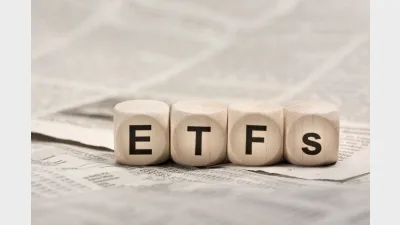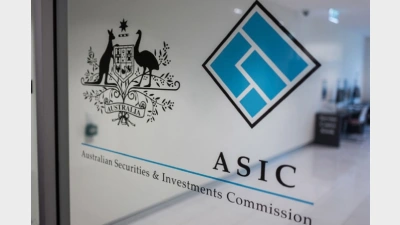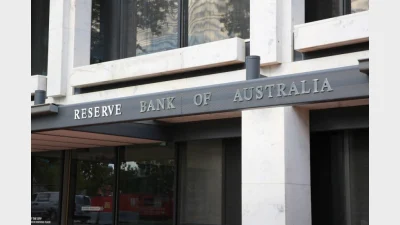Decade’s best super returns
Balanced investment options in superannuation funds delivered their highest annual result in over a decade, according to the release of performance figures for June 2006.
June’s median result of 14.5 per cent for 2005-06 lifts the three-year median to 13.9 per cent.
SuperRatings managing director attributes this positive result to simultaneous gains in Australian equities, international equities and listed property markets.
Research from AMP indicates a similarly positive result for balanced growth funds, finding median gains of 15.9 per cent over the last year. “The key drivers behind the strong returns were the continued strength in equity markets, strong returns from property asset classes and generally positive returns from most other asset classes,” said AMPCapital Investors head of investment strategy .
SuperRatings’ analysis of the 50 largest balanced super fund options showed funds with higher exposure to alternative asset classes gained the most from re-valuations in June 2006 following the negative returns of May. “This exposure to alternative-style assets has effectively doubled across the industry over the past 12 months,” Bresnahan said.
The negative returns many funds experienced in May did not have an exceedingly detrimental impact on average annual returns, but did fuel fears about a sharp downturn. Bresnahan said this prompted some funds to adopt a more conservative stance somewhat prematurely. “The ongoing buoyancy of all markets will no doubt have caught some people off guard, with a number of funds quite clearly taking a conservative position in recent times,” he said.
Looking at the strong consecutive returns of 13.2 per cent, 13.1 per cent and now 14.5 per cent over the last three years, Bresnahan said it would be “unprecedented for a fourth consecutive year of double-digit returns to occur”.
Anticipating an end to the good times, many funds have made corresponding changes to their asset allocations, decreasing their weightings to Australian shares by 2 per cent and fixed interest by 4 per cent. Most of this shift has favoured international shares and property (both up 1.3 per cent) and alternatives (up 2.5 per cent).
Oliver took a similar tack, pointing out that the sustained period of growth over the last three years makes it more likely than ever that returns will decline in the coming year. “Expect lower returns going forward … it would be wrong for investors to now assume that the returns of the last few years will be sustained indefinitely,” he said. Oliver added that his prediction for a slowing in returns was no reason to expect them to go into reverse. “The experience of the past few years has shown, yet again, that switching to cash after a bear market … is not the way to maximise investment returns. A reasonable expectation would be for a nominal return of around 9 per cent over the next few years.”
Recommended for you
The structural shift towards active ETFs will reshape the asset management industry, according to McKinsey, and financial advisers will be a key group for managers to focus their distribution.
ASIC has warned that practices across the $200 billion private credit market are inconsistent and, in some cases, require serious improvement.
A surge in electricity prices has driven the monthly Consumer Price Index to its highest level in a year, exceeding forecasts.
Infrastructure well-positioned to hedge against global uncertainty, says investment chief.







